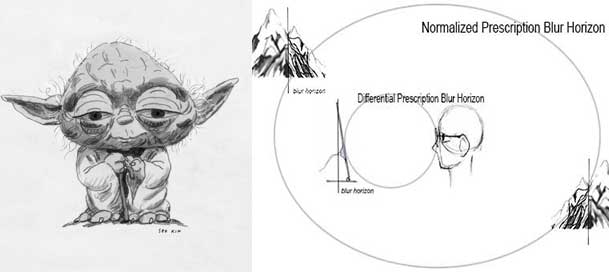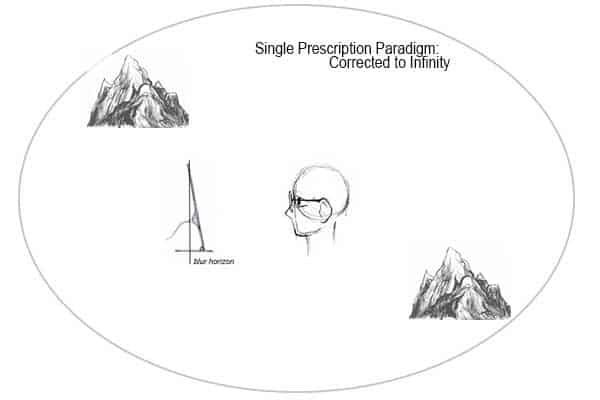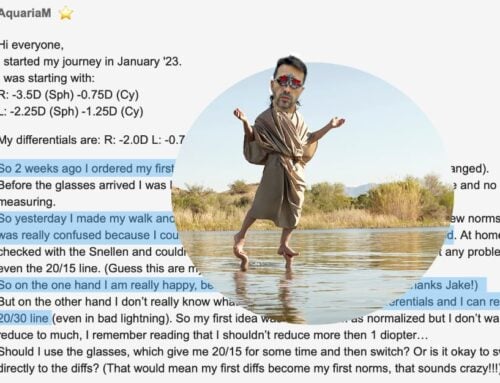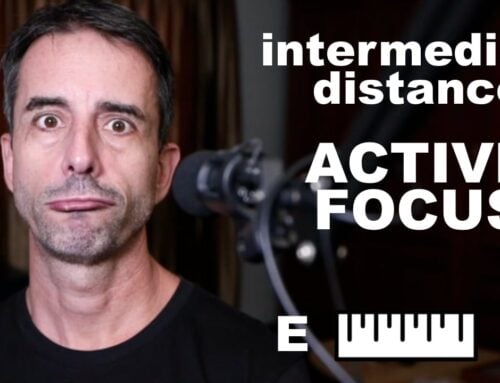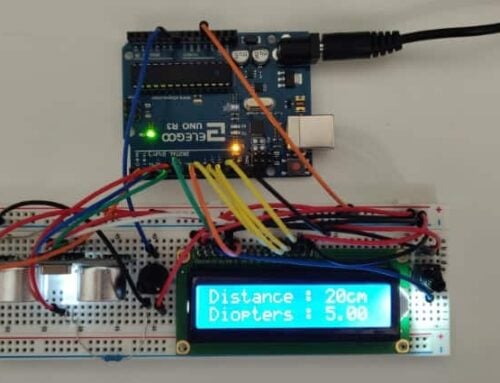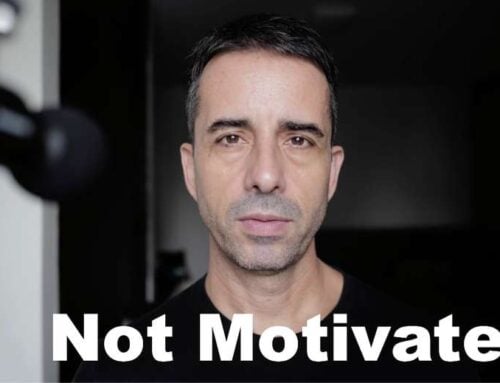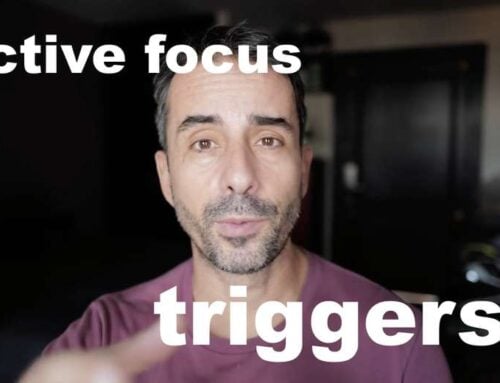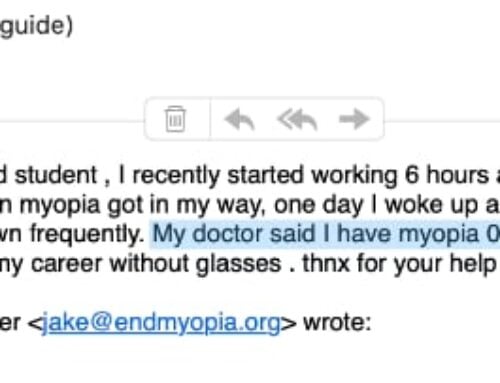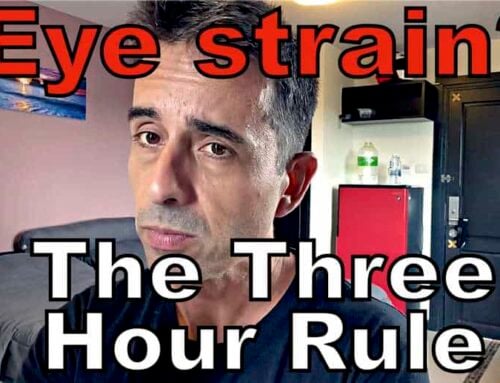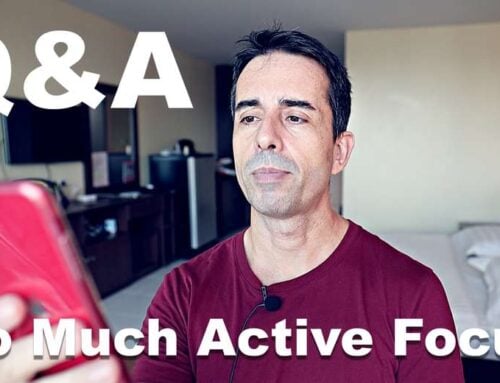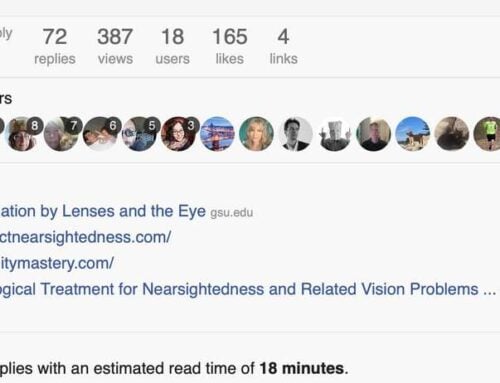There is just one topic in the whole entire course, and on this site as a whole that tends to be a source of frustration for most new participants:
Active Focus.
It is where I suddenly start to sound like the overhead announcements in a busy train station – you understand everything, you know they are now talking about your departing train. And then the voice gets muffled exactly at the departure time and track portion of the announcement.
If you live in parts of the world where you might be doing train travel, you probably know exactly what I mean. How is it possible? Is there an announcer school where they teach them to muffle the key parts? Is it an announcer joke, to muffle the track that your train, leaving in three minutes, is departing from?
I do sound like this, whenever we talk about active focus.
There is this article that I frequently point to, for the topic. Improvement doesn’t start until you have some positive stimulus, and stimulus is all about this one single particular way of dealing with focus. All of our prescription discussions go back to blur horizon, which in turn we determine solely to get you an ideal distance for active focus.
Can has a great post in the forum, describing his own path to discovering active focus:
![]() It took me a while to find active focus and I think I’m getting the hang of it, but any advice would be really helpful. For me, I get the best results early in the morning before I do any close up work. And it only works well for me on my high-definition cellphone display. I can’t seem to get a good contrast before and after active focus on my computer monitor, which is not high-def.
It took me a while to find active focus and I think I’m getting the hang of it, but any advice would be really helpful. For me, I get the best results early in the morning before I do any close up work. And it only works well for me on my high-definition cellphone display. I can’t seem to get a good contrast before and after active focus on my computer monitor, which is not high-def.
Basically I just hold my cellphone in front of me with some text (I find that a string of “mmm” or “www” work best). I just look at everything really passively as if I’m half awake and let the text slowly blur. About 1cm past the edge, I blink and start looking at the phone display actively as if I’m looking for something on the page. I can then see the string of “www” or “mmm”, which typically has diffracted and mixed with each other beyond recognition, clearly separated as three w’s or m’s.”
***
If you are still struggling with active focus, try Can’s method. While it is very much a personal experience to get to where you are actively manipulating your focus distance, some of these strategies are more likely to get you the experience.
Here is what I comment on Can’s post:
![]() Very nicely done on active focus. Whenever I give advice on this very key subject, sounding vague and somewhat mysterious, I’m reminded of old martial arts movies (or zen buddhist statements).
Very nicely done on active focus. Whenever I give advice on this very key subject, sounding vague and somewhat mysterious, I’m reminded of old martial arts movies (or zen buddhist statements).
It’s the sort of thing I wish I could give a tangible, always and simply working step by step instruction to. But just like the zen buddhist statements, there are some things you have to discover the meaning to (as much as saying this pains me, from a proper science perspective).
Your way of using a high resolution screen to begin with is excellent. As is allowing your eyes to defocus, and then resetting the focus with a blink. Getting that interplay between focus and defocus is a great activity to start increasing that range further into the blur distance.”
***
And while we are on the subject here, this goes back to prescription use as well:
Active focus gives you the positive stimulus you need to improve. Active focus happens when you have a distance where you see clearly, bordering on a distance where blur begins. You need both, and specifically that space right between sharp and blur, to work with active focus. And that’s where we come to prescription lenses:
All We Use Prescriptions For, Is To Give You A Convenient Blur Horizon Distance.
When you are sitting at your computer, you may want that blur horizon to happen at around 60cm (as example). So the glasses you get here (differential prescription) should let you see clearly to that distance (so you don’t need to sit in an awkward position). It’s a bit of an effort to determine this prescription, and it’s a moving target as your eyesight keeps improving. You always want to be comfortable and seeing clearly at your primary distance for the activity, but also have access to a bit of blur.
This is why going without glasses altogether is pointless frustration. It’s like refusing crutches while you are rehabilitating a leg injury. You want the crutch, you want the aid, to keep you comfortable and also challenged.
Above: Two sets of prescriptions for two different primary focus distances.
Your optometrist’s single prescription paradigm of course doesn’t look at glasses as a rehabilitative aid. So there you get corrected to infinity – no blur horizon, and no opportunity for active focus (though a whole lot of additional close-up strain, and lens induced myopia).
Above: Single prescription paradigm, and source of lens-induced myopia.
The current optometrist dogma of just correcting you to infinity and giving you a quick fix is attractive in the short term. Zero effort for perfect vision, despite overwhelming bad habits and increasing myopia. And of course the other way, which involves these unfortunately Yoda-esque statements from yours truly, suggesting that you be patient, and find active focus.
Still having issues? Read Neha’s article here to help troubleshoot your active focus efforts!
Enjoy!

